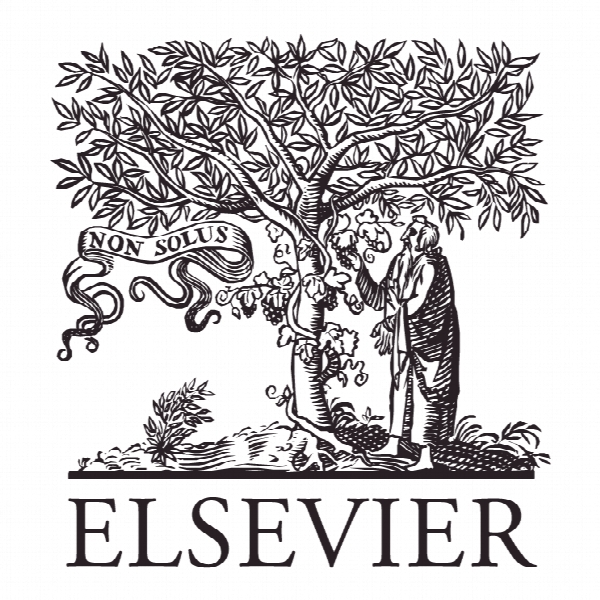آیا استراتژی asset-light به بهره وری پویای خطوط هوایی جهانی کمک می کند؟ Does asset-light strategy contribute to the dynamic efficiency of global airlines?
- نوع فایل : کتاب
- زبان : انگلیسی
- ناشر : Elsevier
- چاپ و سال / کشور: 2017
توضیحات
رشته های مرتبط علوم فنون هوایی
مجله مدیریت حمل و نقل هوایی – Journal of Air Transport Management
دانشگاه گروه حسابداری، Yuan Ze ، تایوان
نشریه نشریه الزویر
مجله مدیریت حمل و نقل هوایی – Journal of Air Transport Management
دانشگاه گروه حسابداری، Yuan Ze ، تایوان
نشریه نشریه الزویر
Description
1. Introduction The global airline industry incurred a $13 billion net loss in 2001 based on statistical data provided by the International Air Transport Association (IATA). Furthermore, global issues such as fluctuating international oil prices, the global economic recession, and contagious diseases have affected airline operations, including dismissals of staff or filings for bankruptcy protection. Although passenger and cargo demands have recovered in recent years, significant losses are still found in all regions, except for Asia-Pacific and Latin American emerging countries that have higher international passenger demands compared to North America and Europe. Different players have resulted in the evolution of competition in the global airline industry and recent developments in the industry include changing business models. Southwest Airlines has differentiateditself as a low-cost, short-haul, express airline, and that has proven to be a winning strategy for competing in the highly competitive airline industry. Besides the above-mentioned scenario, this study analyzes how well airlines perform in the global market in terms of continuously managing and allocating resources to ensure their survival and growth. In other words, global airlines should have lower operating costs and risks in the continuing evolution of the highly competitive global airline industry (Belobaba and Odoni, 2009). A sustainable competitive advantage can lead to an above-average performance or profits (Barney, 1991; Wiggins and Ruefli, 2002). Limited resources available include both tangible and intangible assets, both of which can be identified from airlines’ financial statements such as patents, franchises, trademarks and copyrights, and strategic intangible resources that are not captured on airlines’ financial statements, such as corporate branding, customer relationships, and operating strategies (Liou, 2011). A type of corporate strategy that could create a competitive advantage is the asset-light strategy, which corporations have been utilizing over the past few decades (Gannon et al., 2010) as a response to serious challenges in the dynamic airline market. Inother words, taking full advantage of limited resources should be the main goal of global airlines, because efficient management of limited resources means better performance. In literature, a few studies have considered how the asset-light strategy affects corporate performance in various industries. The asset-light strategy has been shown to create values in international hotel corporations (Gannon et al., 2010), generate a competitive advantage in the telecommunications industry (Liou, 2011), and improve corporate performance in the semiconductor industry (Wen et al., 2012). The aforementioned studies show that limited resources can be in intangible, which can create a competitive advantage and ultimately better corporate performance


